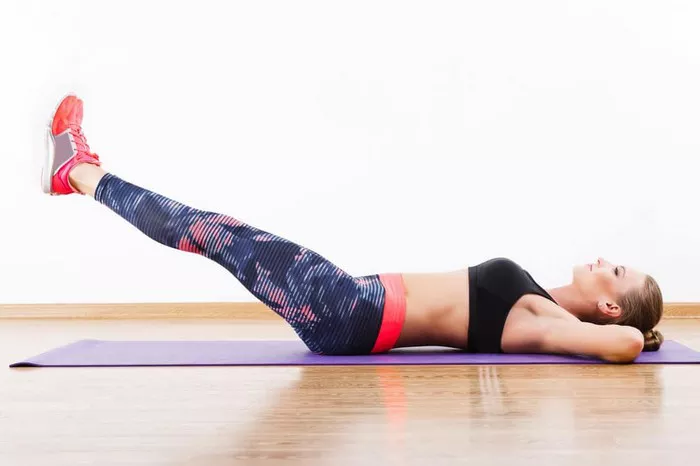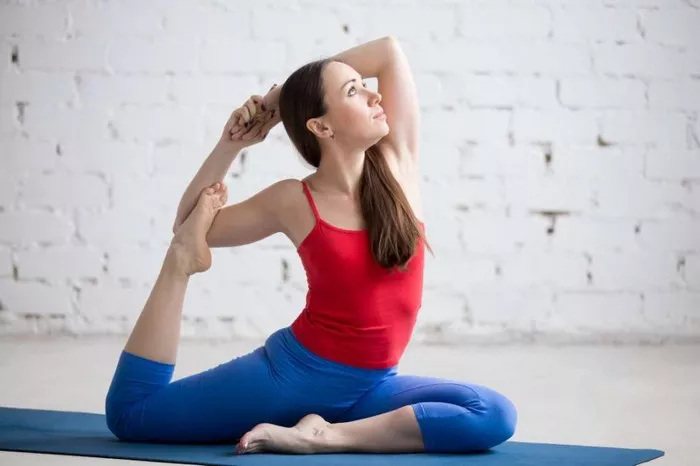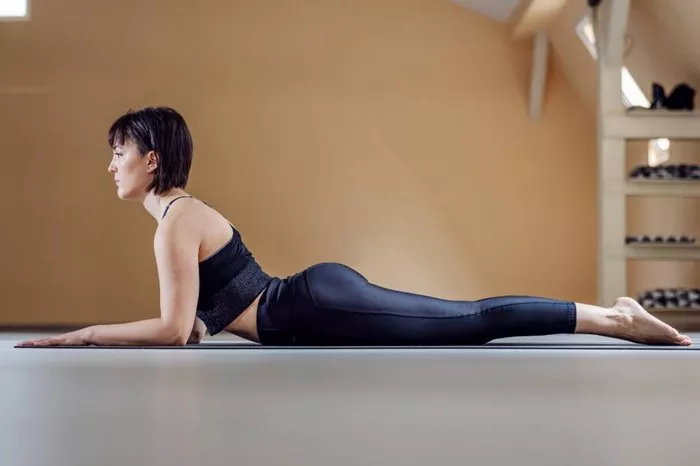Yoga, an ancient practice originating from the Indian subcontinent, offers a rich tapestry of poses that not only enhance physical flexibility and strength but also foster mental clarity and spiritual well-being. Among these poses, the Raised Leg Pose (Urdhva Prasarita Eka Padasana) stands out as a posture that integrates both stability and mindfulness. In this comprehensive article, we delve into the origins, symbolism, benefits, variations, modifications, step-by-step instructions, as well as precautions and contraindications associated with the Raised Leg Pose.
Origins and Symbolism
Yoga, dating back thousands of years, finds its roots in ancient Indian philosophy and spirituality. The practice of yoga incorporates physical postures (asanas), breath control (pranayama), and meditation, all aimed at harmonizing the body, mind, and spirit. The Raised Leg Pose, known in Sanskrit as Urdhva Prasarita Eka Padasana, exemplifies this integration by combining physical strength with mental focus.
Symbolically, the Raised Leg Pose represents balance and stability, both physically and metaphorically. It embodies the idea of standing tall and grounded while reaching upwards, reflecting aspirations towards higher states of consciousness and self-awareness. This pose encourages practitioners to find equilibrium amidst life’s challenges, fostering a sense of poise and resilience.
Physical and Mental Benefits
The Raised Leg Pose offers a myriad of benefits that contribute to overall physical health and mental well-being. These benefits include:
Physical Benefits:
1. Strengthens the Core: Maintaining balance in Raised Leg Pose engages the core muscles, including the abdominals and lower back, promoting core stability and strength.
2. Improves Leg Strength: This pose strengthens the legs, particularly the thighs, hamstrings, and calves, enhancing lower body endurance and muscular tone.
3. Enhances Balance and Coordination: By requiring balance on one leg, the pose improves proprioception and coordination, which are essential for overall stability and mobility.
4. Stretches the Hamstrings and Groin: The extended leg in Raised Leg Pose stretches the hamstrings and groin muscles, improving flexibility in the hips and lower back.
Mental Benefits:
1. Promotes Concentration: Holding the pose requires mental focus and concentration, which helps calm the mind and improve cognitive function.
2. Increases Mindfulness: Practicing awareness of body alignment and breath during the pose cultivates mindfulness, reducing stress and enhancing emotional well-being.
3. Fosters Patience and Perseverance: The challenge of maintaining balance teaches patience and perseverance, qualities that can be applied both on and off the yoga mat.
4. Elevates Mood: Like many yoga poses, Raised Leg Pose stimulates the release of endorphins, promoting a positive mood and reducing symptoms of anxiety and depression.
Variations and Modifications
Yoga embraces diversity, offering variations and modifications to suit practitioners of all levels and abilities. Variations of Raised Leg Pose include:
1. Supported Raised Leg Pose: Using a wall or a chair for support allows beginners to focus on balance and alignment without the full weight-bearing aspect.
2. Extended Arm Variation: Extending the arms overhead or to the sides adds an additional challenge to balance while enhancing shoulder and upper back strength.
3. Half Raised Leg Pose: Keeping the non-raised leg bent and resting the foot on the inner thigh of the standing leg reduces the intensity while still reaping the benefits of the pose.
Modifications cater to individual needs and physical limitations:
1. Using Props: Blocks or straps can assist in maintaining balance or reaching the foot, especially for those with limited flexibility or range of motion.
2. Bent Knee Option: Bent the raised leg at the knee can reduce strain on the hamstrings and make the pose more accessible for beginners or individuals with tight hamstrings.
3. Chair Support: Practicing Raised Leg Pose seated on a chair provides stability and support, making it suitable for those with balance issues or injuries.
See Also: 8 Yoga Poses for the Sacral Chakra
Step-by-Step Instructions
To practice Raised Leg Pose safely and effectively, follow these step-by-step instructions:
1. Begin in Mountain Pose (Tadasana): Stand tall with your feet hip-width apart, arms alongside your body, and shoulders relaxed.
2. Shift Your Weight: Shift your weight onto your left foot, grounding firmly through the entire foot.
3. Engage Your Core: Activate your abdominal muscles to stabilize your torso.
4. Raise Your Right Leg: Slowly lift your right leg forward, keeping it straight and engaged. Maintain a slight bend in the left knee for stability.
5. Extend Your Leg: Straighten your right leg forward as much as comfortable, keeping your hips square to the front.
6. Balance and Focus: Fix your gaze on a point in front of you to help maintain balance. Keep the shoulders relaxed and down.
7. Option to Reach: If balanced, extend your arms forward parallel to the ground or overhead, palms facing each other.
8. Hold the Pose: Stay in the pose for 30 seconds to 1 minute, breathing deeply and evenly.
9. Release and Repeat: Lower your right leg back to the floor and return to Mountain Pose. Repeat on the opposite side.
Precautions and Contraindications
While Raised Leg Pose offers numerous benefits, it may not be suitable for everyone. Practitioners with the following conditions should approach this pose with caution or avoid it altogether:
1. Balance Issues: Individuals with severe balance issues should practice near a wall or with the aid of a chair to prevent falls.
2. Recent or Chronic Injury: Those with recent or chronic lower back, knee, or hip injuries should avoid or modify the pose to prevent exacerbating these conditions.
3. High Blood Pressure: Avoid holding the breath or straining during the pose, as this can increase blood pressure levels.
4. Pregnancy: Pregnant individuals should practice with caution, considering their balance and the potential strain on the lower back.
Always consult with a qualified yoga instructor or healthcare provider before attempting Raised Leg Pose or any new physical activity, especially if you have pre-existing medical conditions or concerns.
Conclusion
The Raised Leg Pose in yoga exemplifies the harmonious blend of physical prowess and mental focus that defines this ancient practice. From its symbolic representation of balance and stability to its myriad physical and mental benefits, this pose offers practitioners a pathway to strengthen the body, sharpen the mind, and deepen their connection to self-awareness. By exploring variations, modifications, and practicing with mindfulness, individuals of all levels can experience the transformative power of Raised Leg Pose in their yoga journey.





















